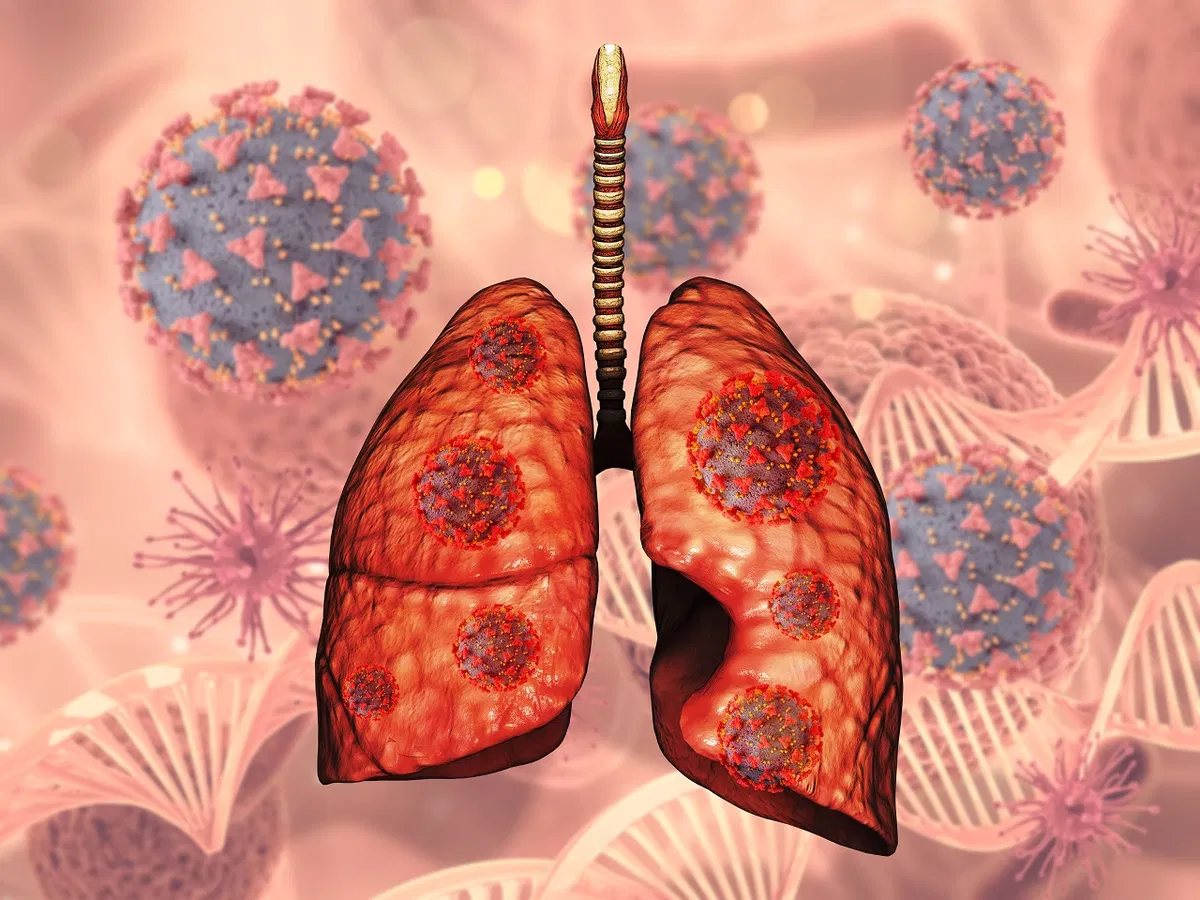Free Courses Sale ends Soon, Get It Now


Free Courses Sale ends Soon, Get It Now



Disclaimer: Copyright infringement not intended.
Context
Radon is a gas, an invisible killer which is responsible for over 21,000 deaths per year, as per reports of EPA.
Details
Atomic and Chemical Properties
Sources of Radon
Health Effects of Radon
Radon Detection and Measurement
Radon Mitigation
Conclusion
Radon exposure poses a significant health risk, and taking proactive measures such as testing, mitigation, and awareness campaigns are essential to reduce its health impacts. Regular testing and appropriate mitigation strategies can significantly lower radon levels, ensuring a safer living and working environment.
|
PRACTICE QUESTION Q. Discuss the significance of radon as a health hazard and its impact on indoor air quality. How can measures be implemented to mitigate radon exposure? (250 Words) |
© 2024 iasgyan. All right reserved